
Woodland Wildflower Garden
Aldo’s grandfather, Charles Starker, didn’t believe in Victorian flower bedding. Columbine, woodland phlox, and ferns grew along their bluff, and Marie Starker and daughter Clara were concerned about the rapidly disappearing native wildflowers. So they started introducing the flowers into their yard. The family’s Sunday picnics in the country were often to look for spring wildflowers. Marie’s gardening legacy was recalled in the newspapers and the area was referred to as “Leopold Park”.
By the 1890’s each of the grandchildren—first Aldo, then Marie, Carl Jr. and in about 1902, young Frederic—were taught the importance of wildflower preservation and propagation. They started each of the children at gardening when they were about seven.
Clara and her daughter, Marie, carried their interest up to the north country of the Les Cheneaux Club, the family’s summer retreat on Marquette Island, MI on Lake Huron. A life-long respect for the environment was instilled in young club members by Marie Leopold Lord. She gave vivid lessons in ecology that would remain with her pupils for their lifetimes. One of the things she emphasized was saving wildflowers, mosses, and other rare plants. Exciting games accompanied the ecology lessons. One was "Fairy Castles", the planting of flowers, ferns and mosses around a rotting stump. Each child would inspect his "castle" as it grew in beauty each summer.
Back in Burlington, Frederic returned from France at the end of World War I and with new bride Edith, moved into his boyhood home next door at 111 Clay St. Here they continued the wildflower garden tradition for the next six decades, using the skills his mother and grandmother taught him. The garden has expanded to cover all the shady areas around the yard and currently contains at least 43 species of woodland wildflowers. The most spectacular showing is from April through June, but woodland flowers can be found from March through October.
Edith and Fred’s grandson, Jim Spring tells how Fred would monitor plants and collect seeds over the years. Sunday picnics continued into the 1960' & 70's when Fred would say, “Well, it’s about time to go see how the trillium are doing at Pickle’s Landing on the Skunk River.” Then on another Sunday it was off to check on the shooting stars north of town in a glade along a rocky creek. Jim has continued the family gardening legacy by advising on wildflowers and weeds.
Fred and Edith also loved the prairie wildflowers and included many species around the sun garden. Some of their favorites were compass plant, cup plant, butterfly milkweed, purple coneflower, black eyed Susan, wild blue indigo and spiderwort. Most of these plants remain, but others have been crowded out by the non-native garden flowers. So in remembrance of Edith and Fritz’s wildflower dedication, LLA is re-establishing the prairie garden as a compliment to the woodland wildflowers that have been thriving for so long in the shade. Watch for a gallery of the prairie plants coming soon!
If you see any flowers you think we have misidentified, please let us know. The violets are especially challenging, and we are always learning.
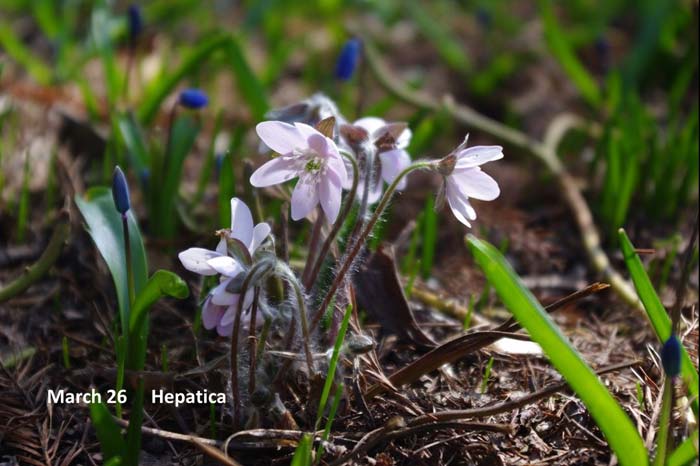
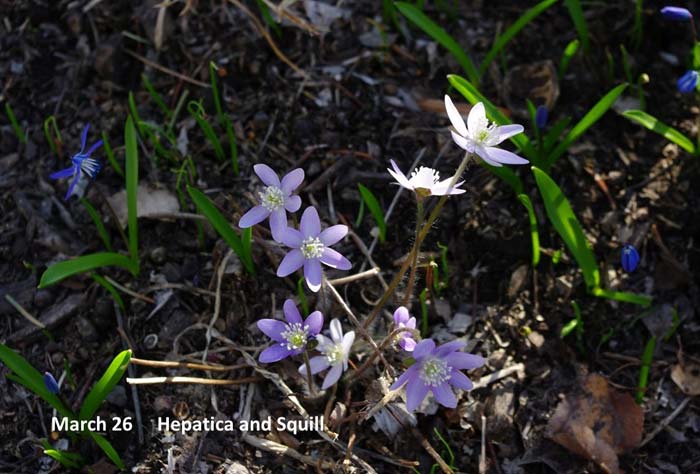
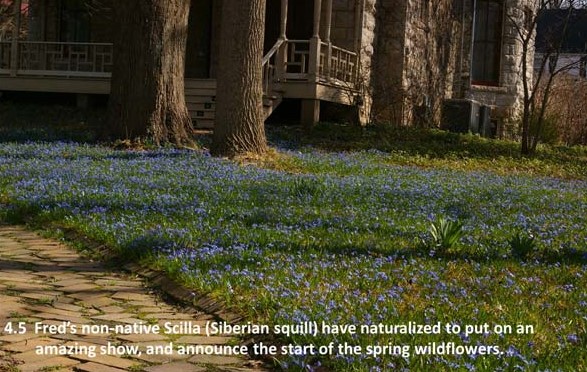
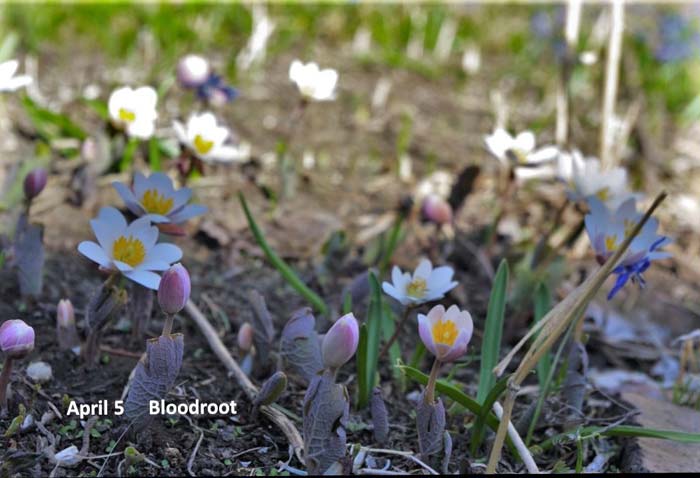
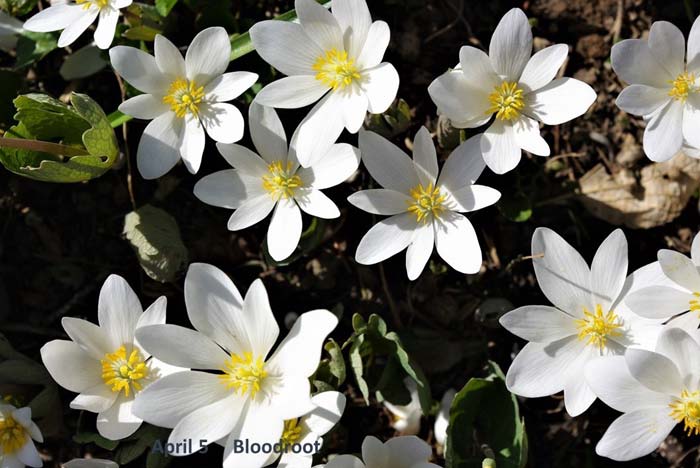
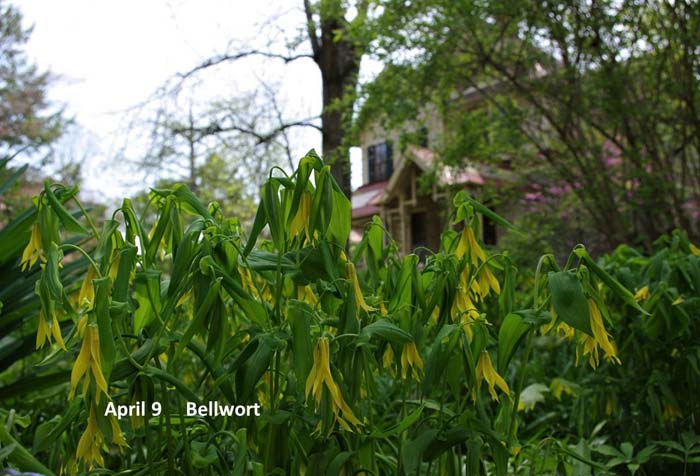
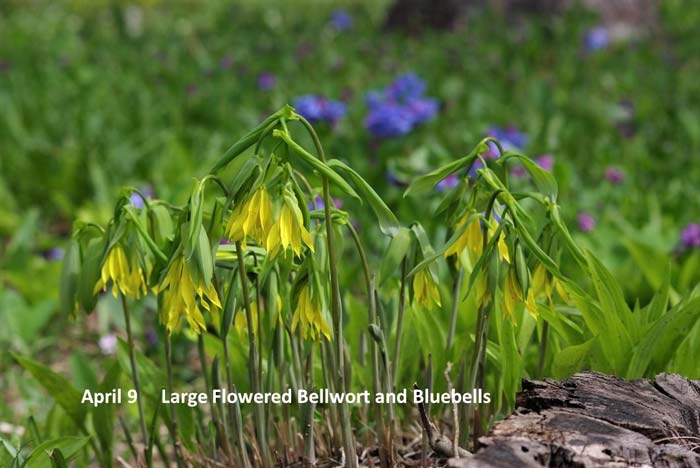

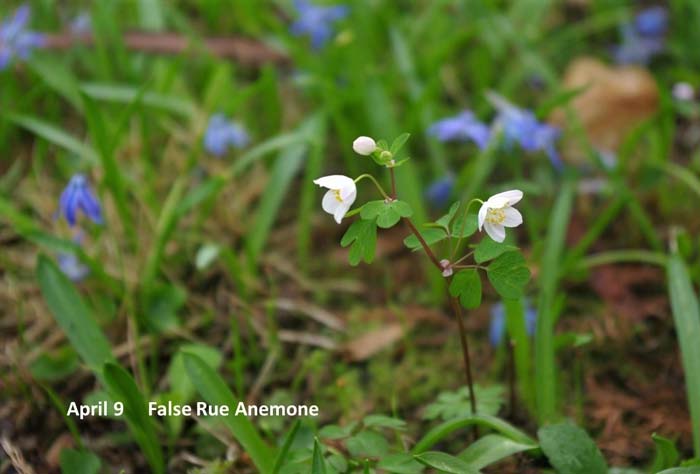
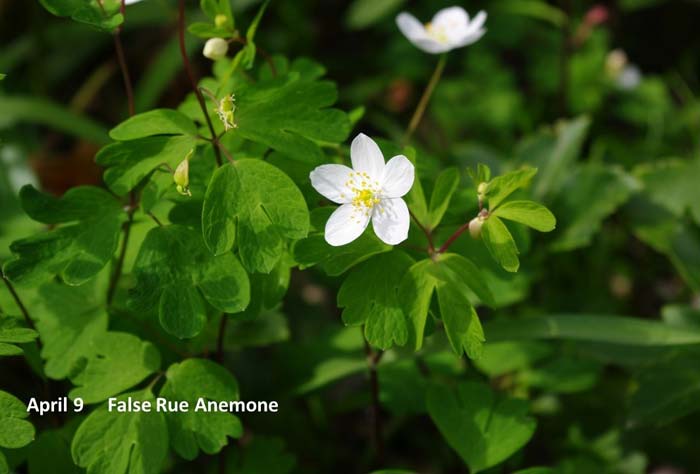

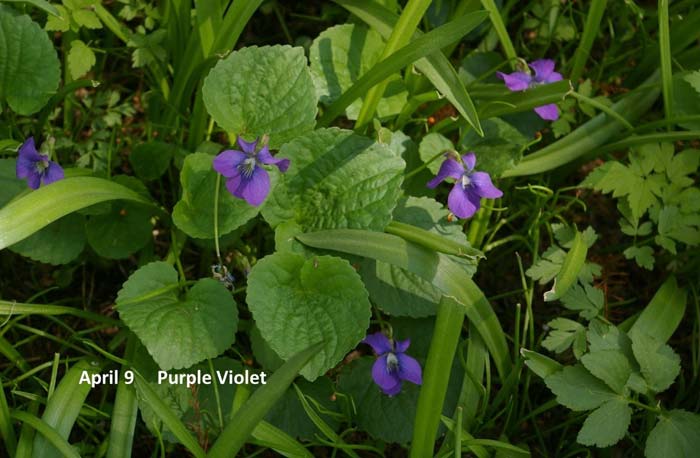
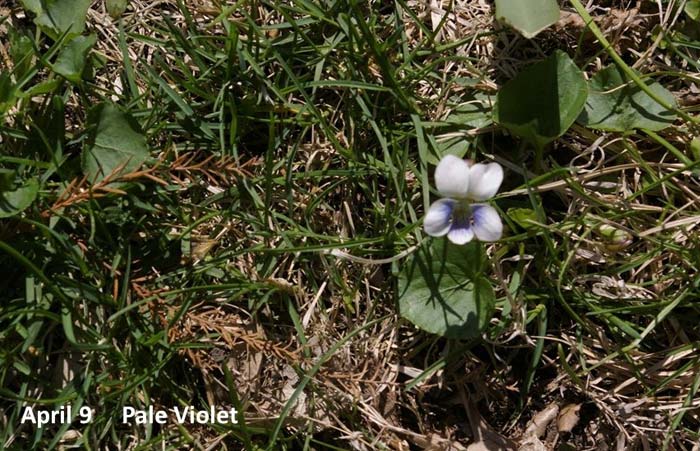

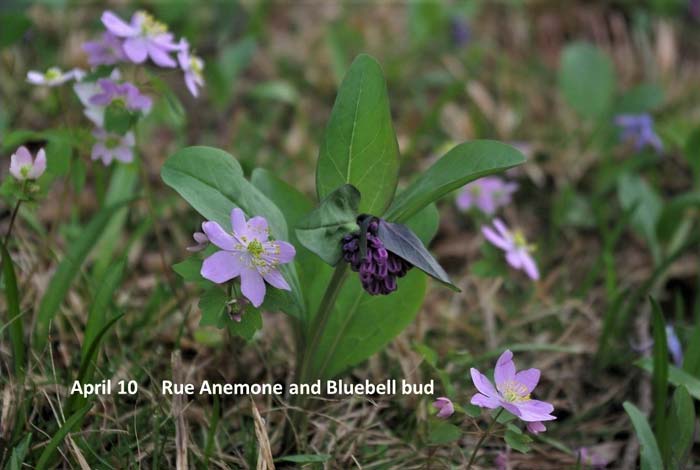
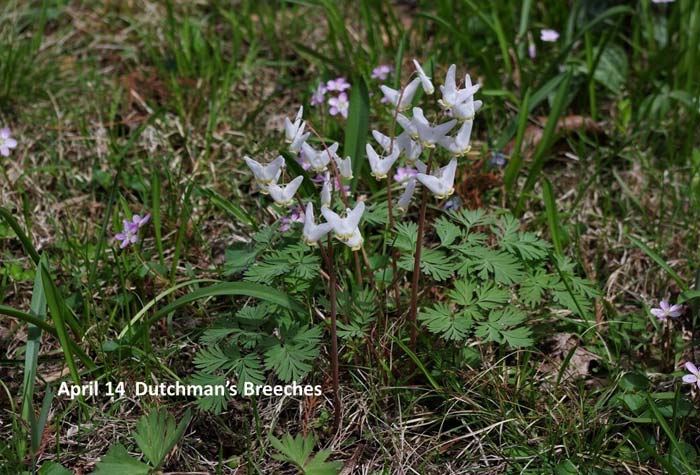
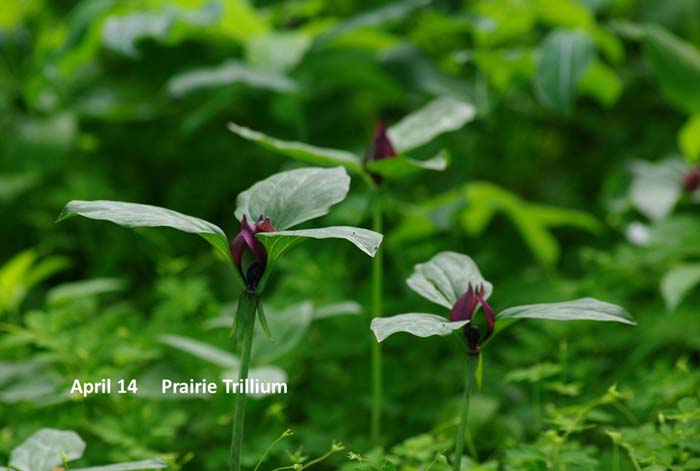
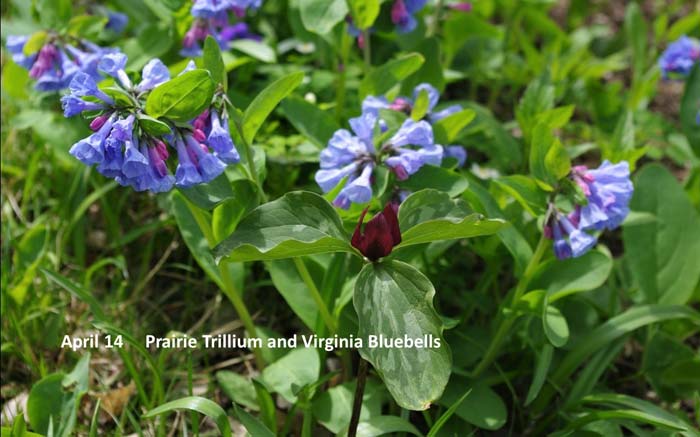
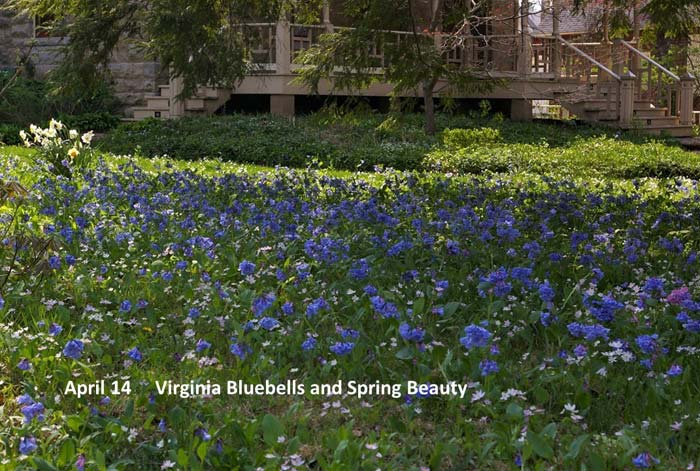


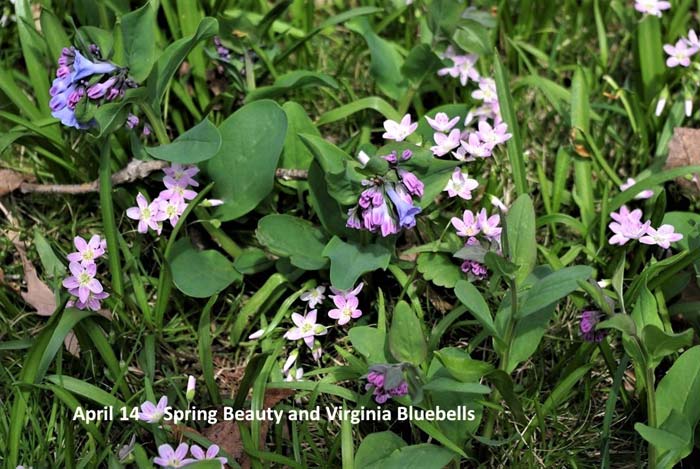
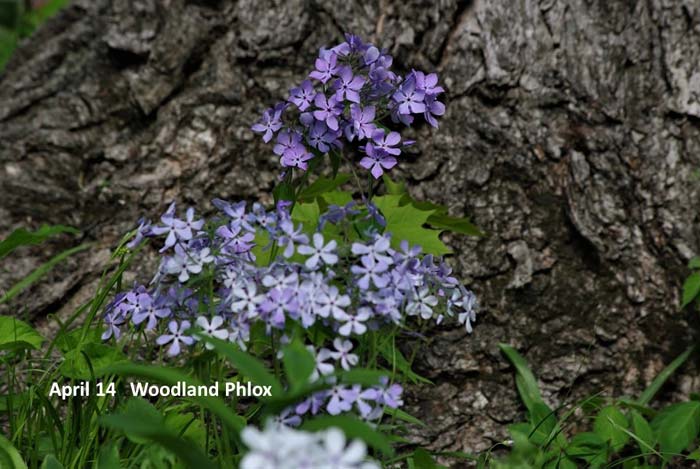
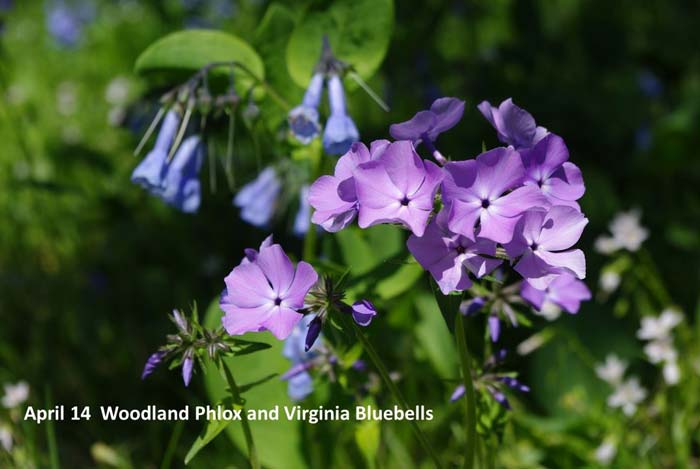

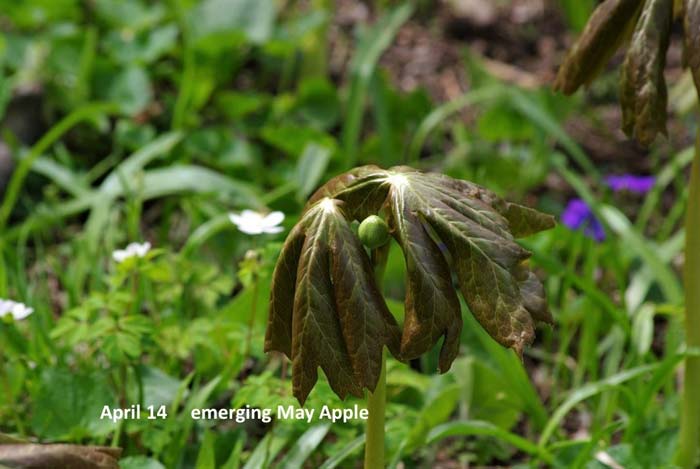
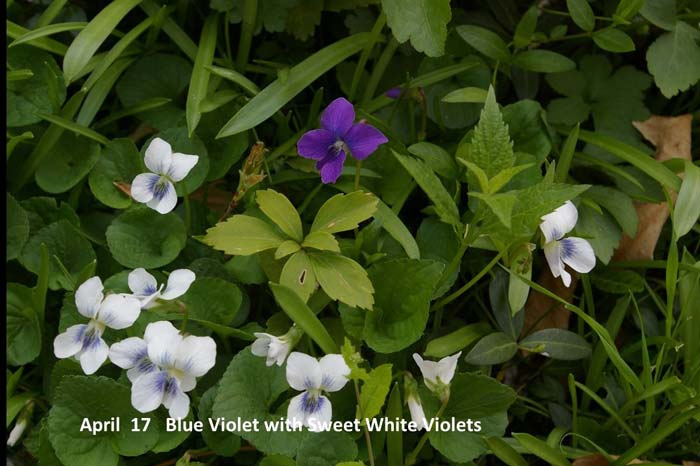

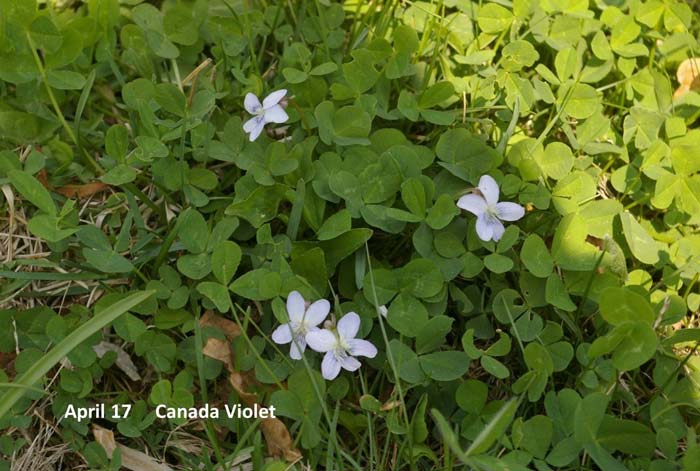
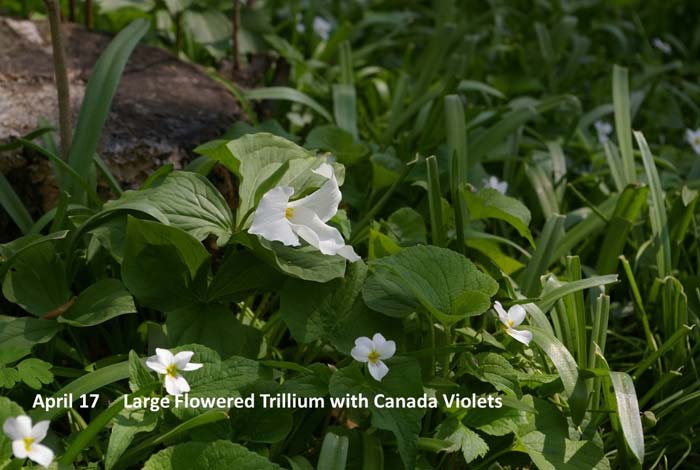


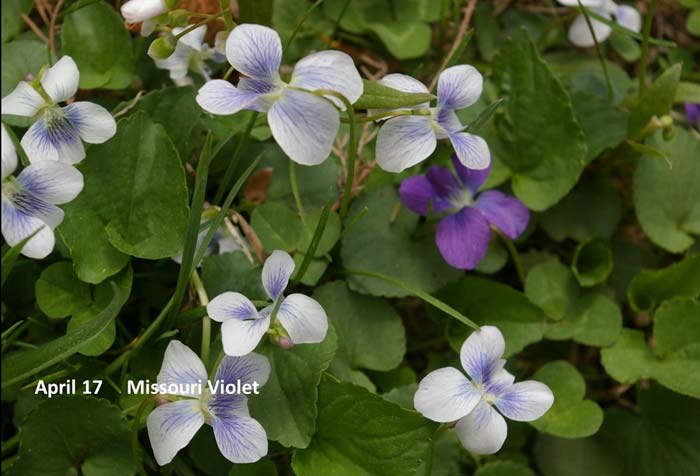
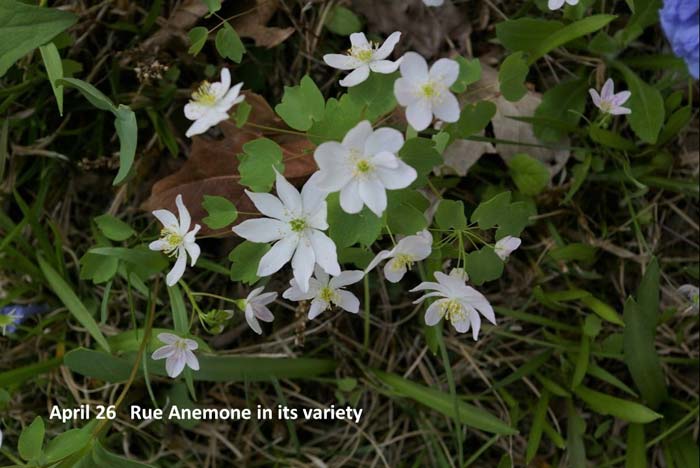

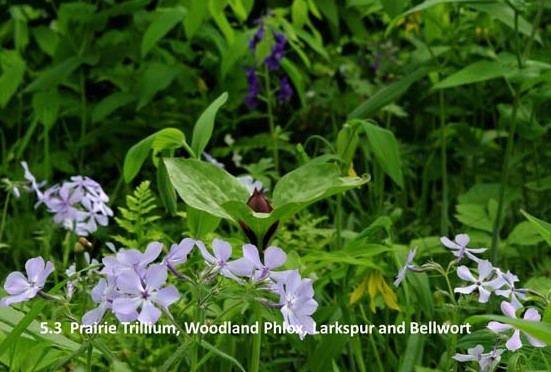
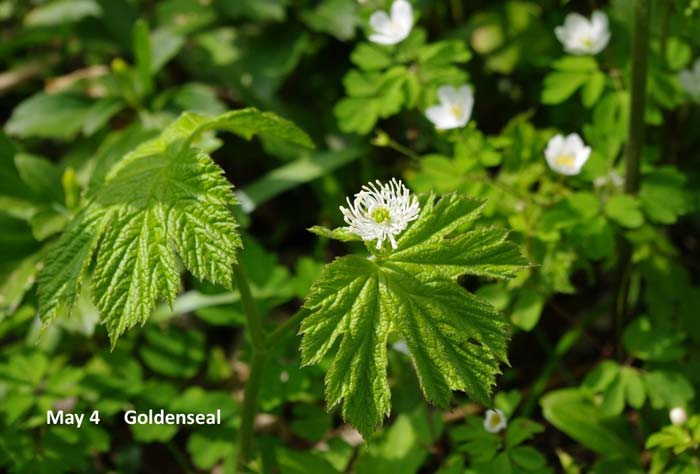
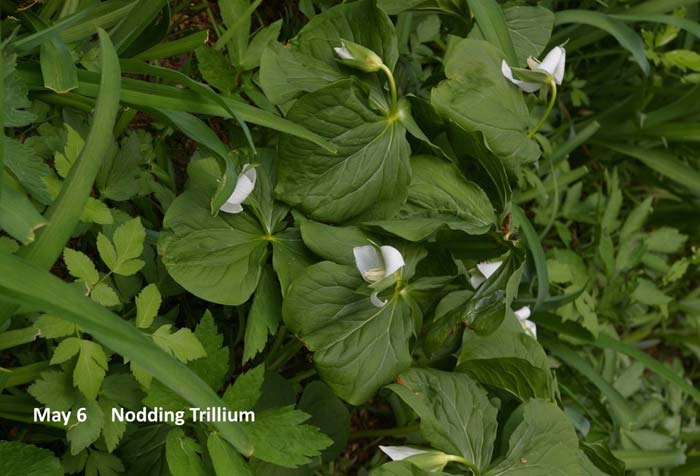
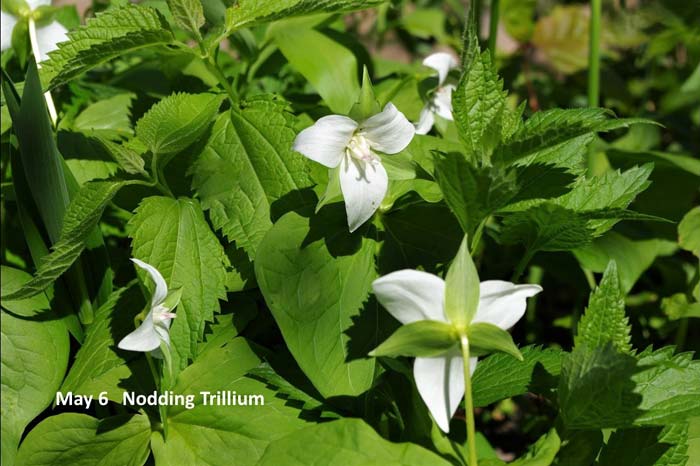

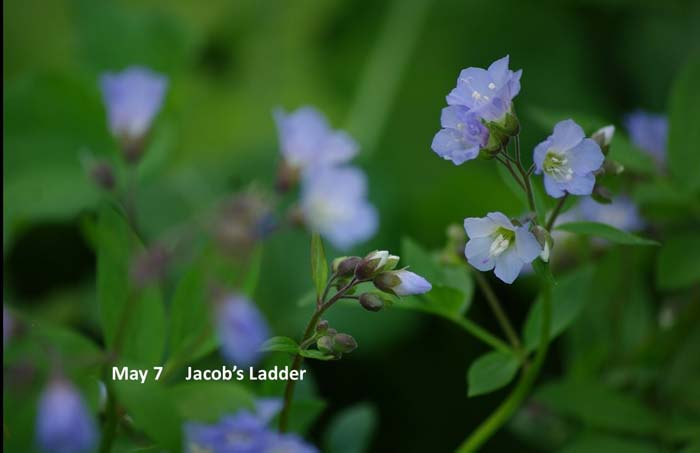
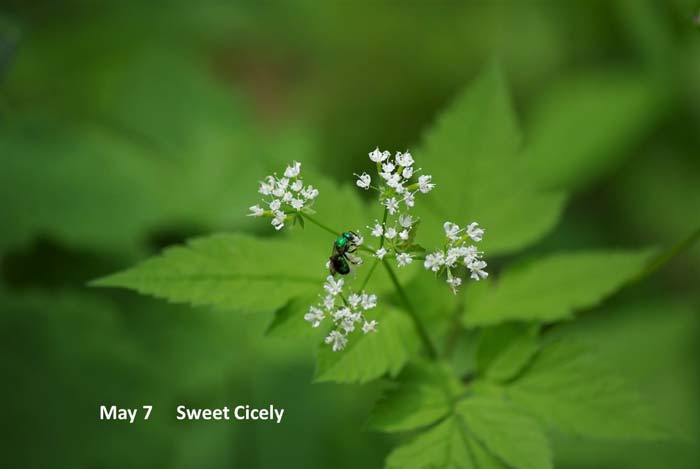
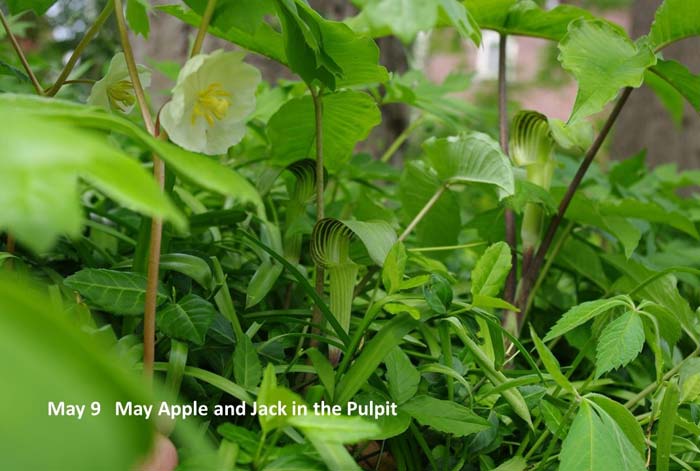

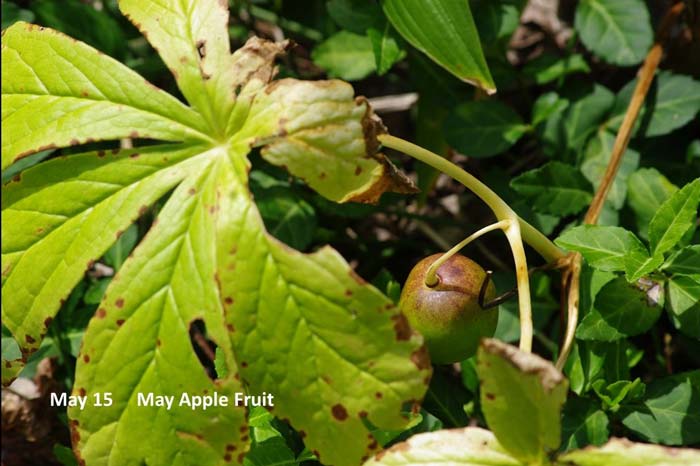
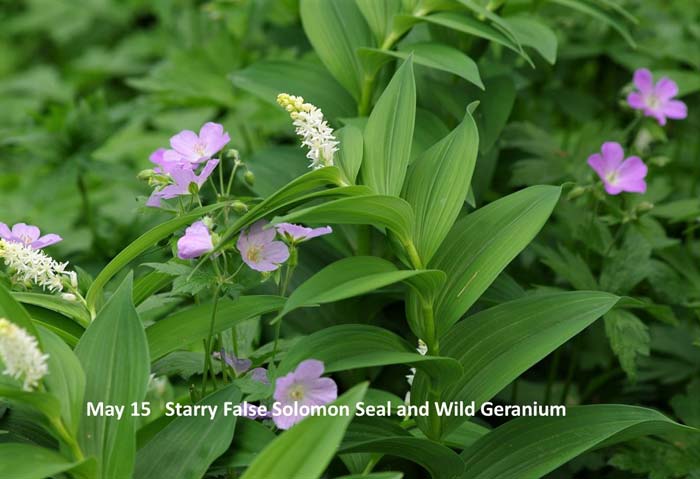
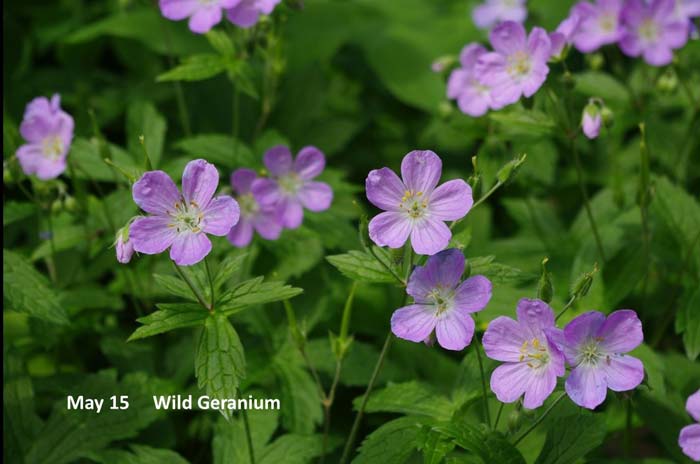

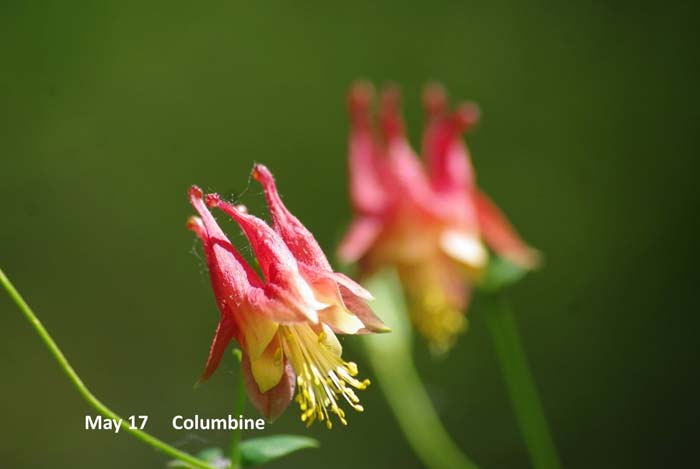

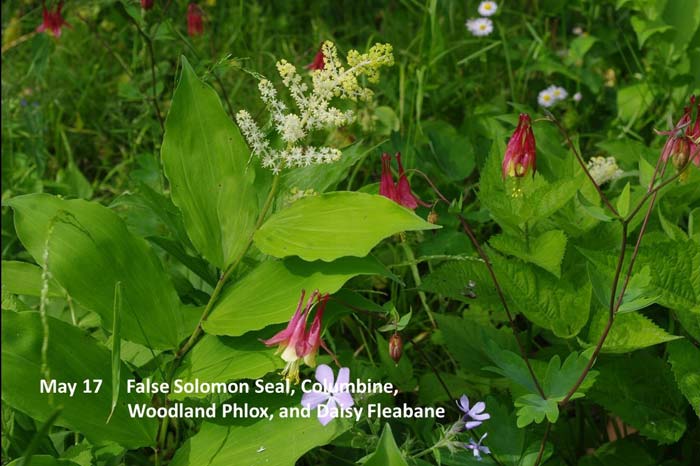
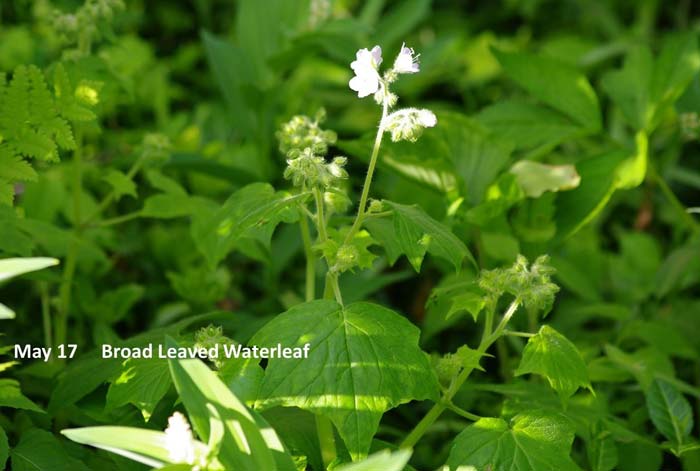
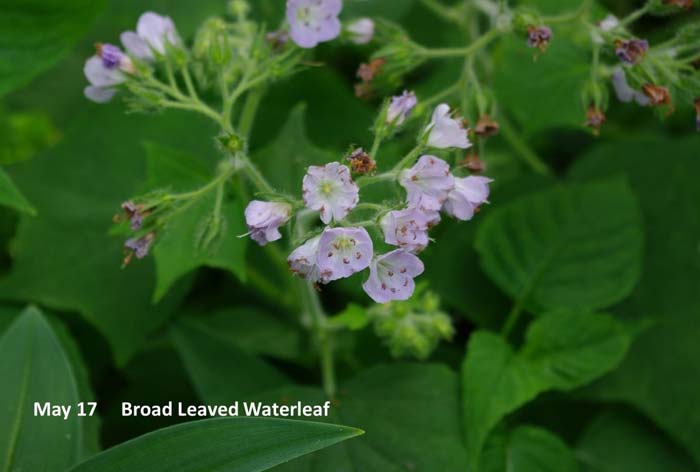
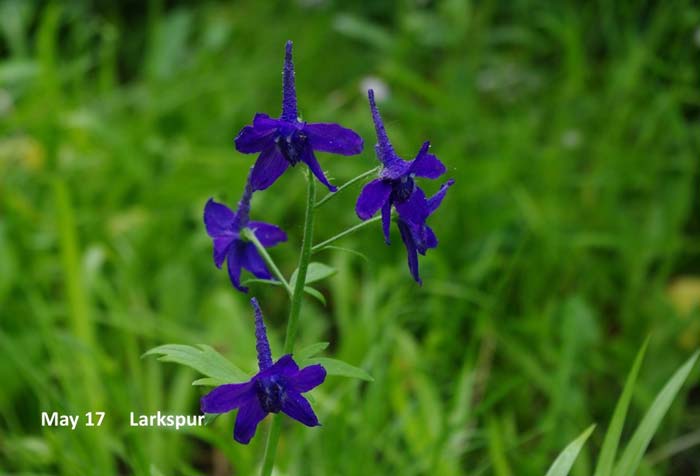
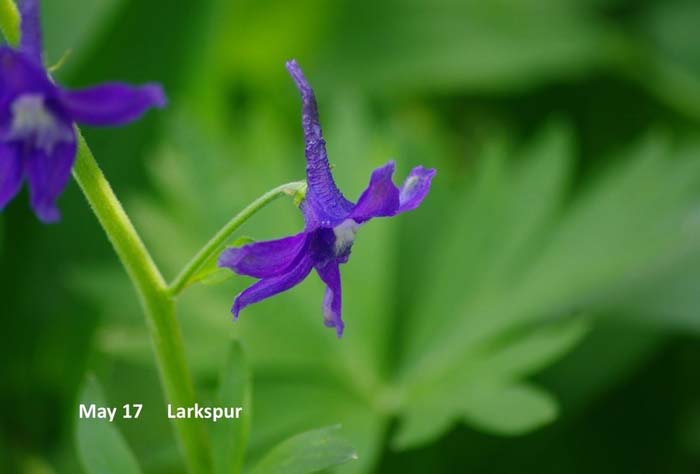
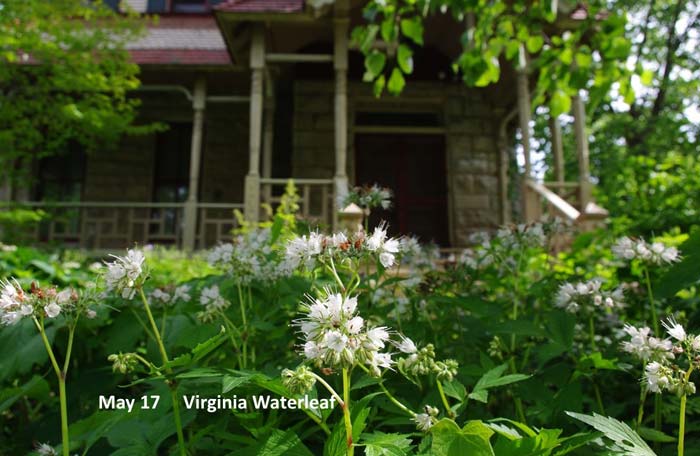


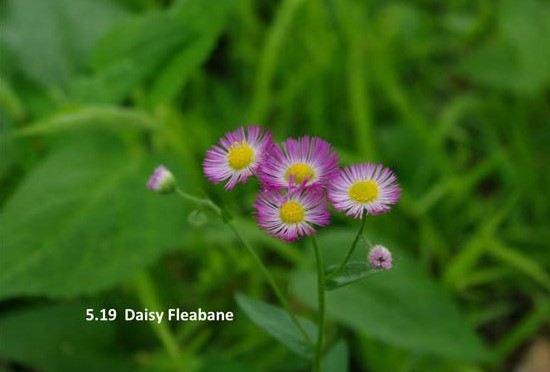
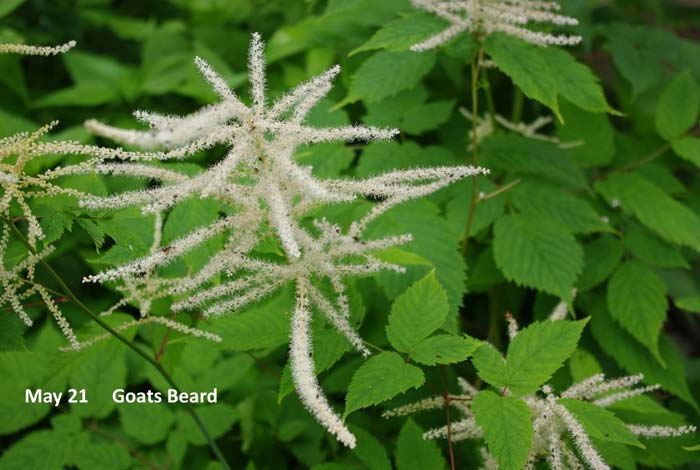
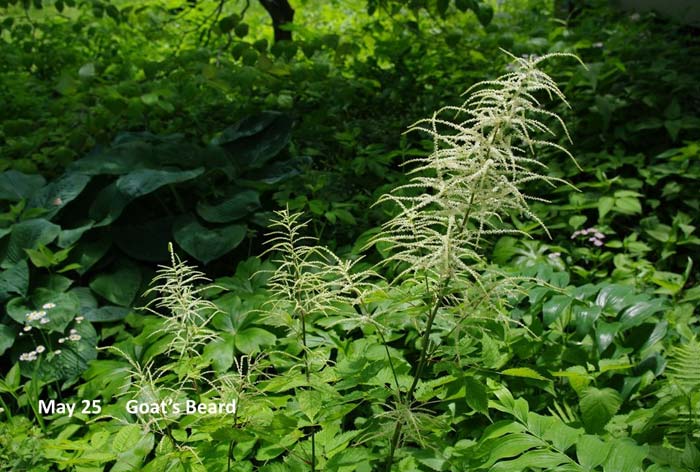
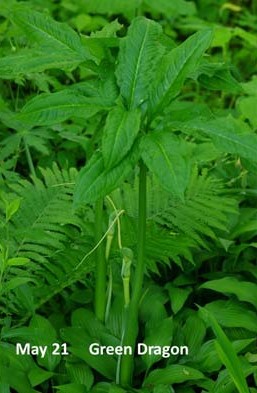
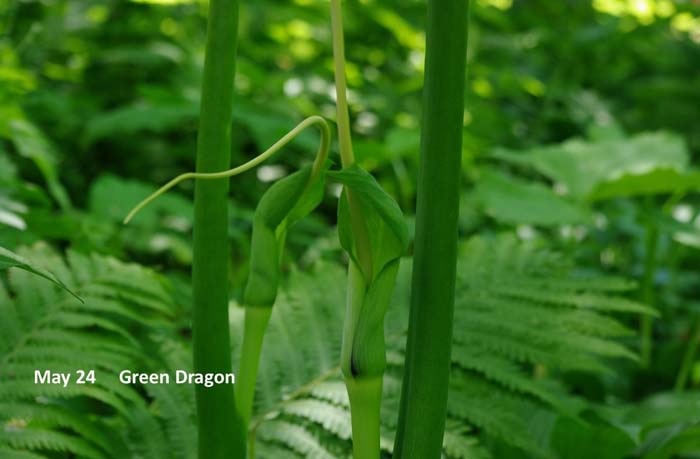
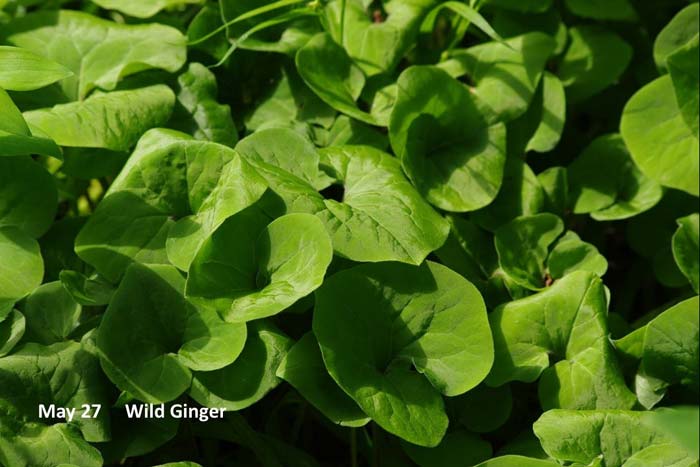
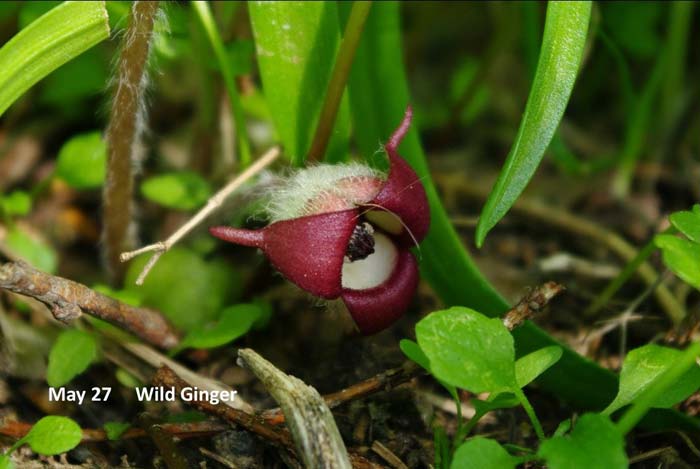
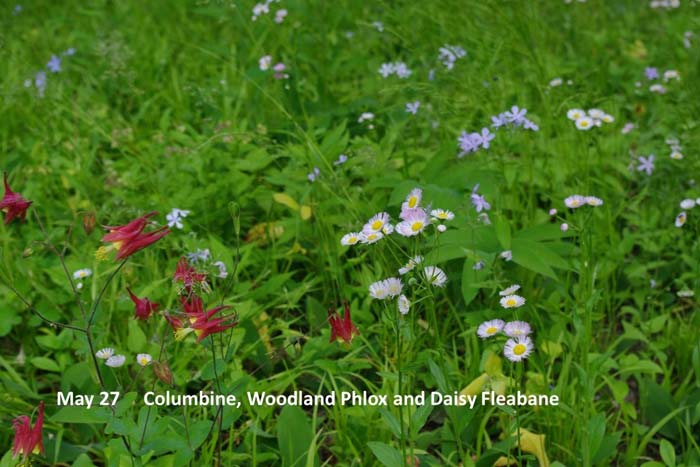
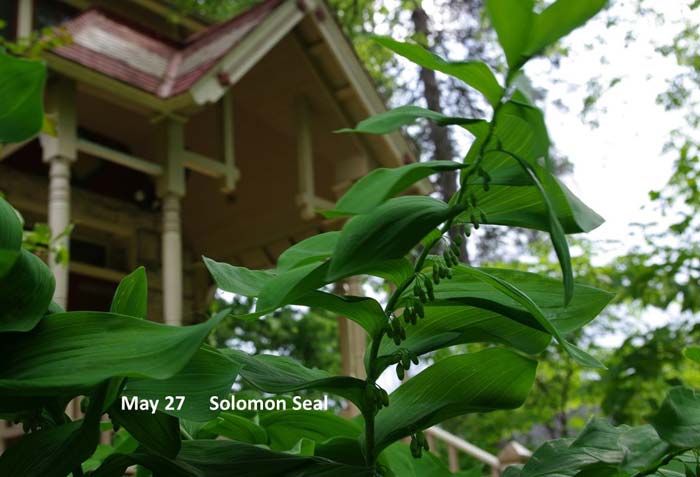


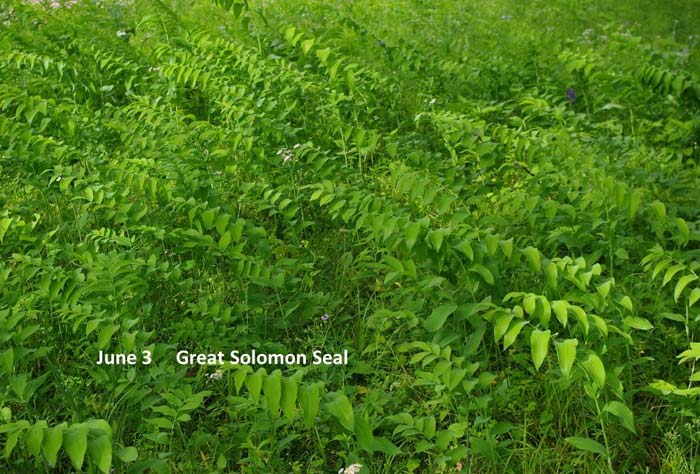


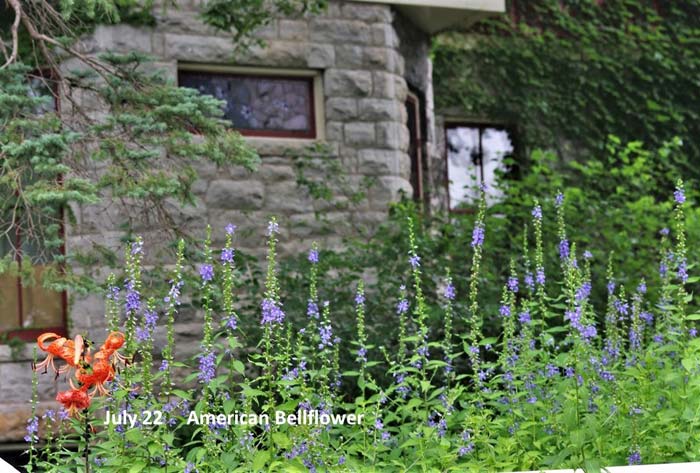
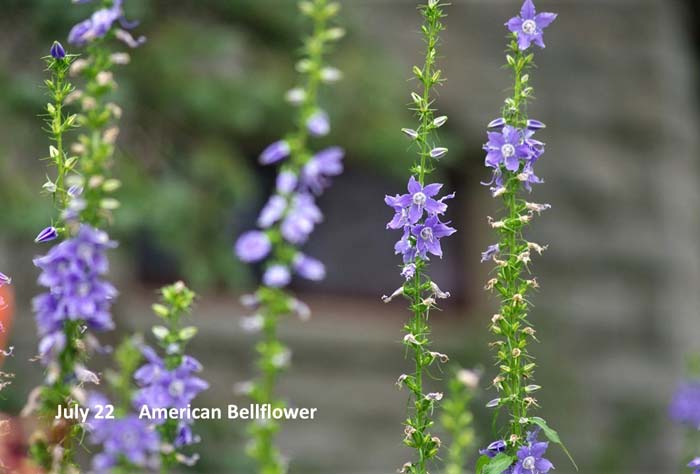
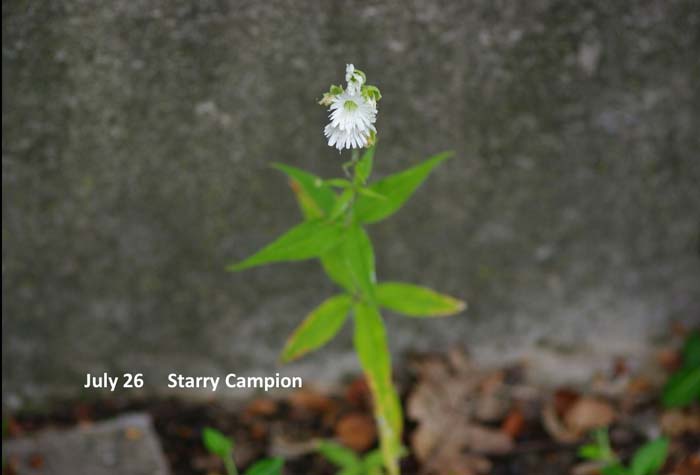
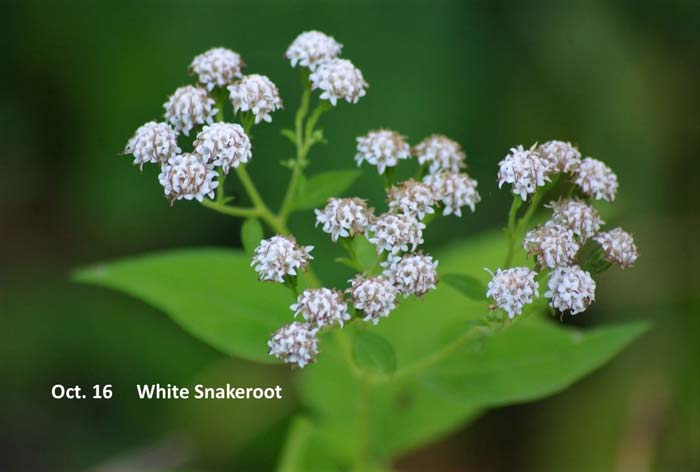

October 22 Goldenrod and paper wasps













































































